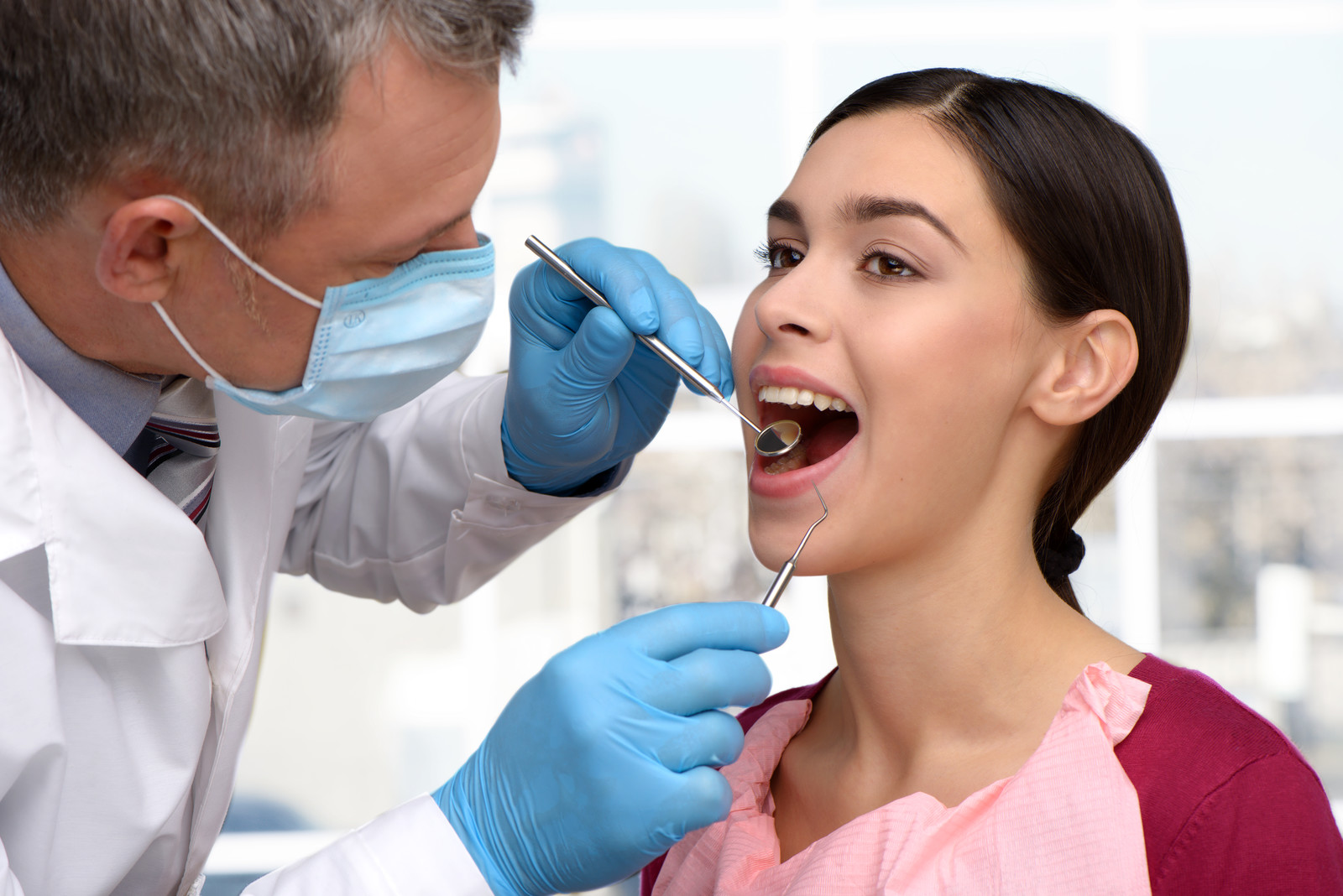We all know that feeling of sparkly, squeaky clean teeth when we walk out of a dental clinic after getting a dental cleaning in Brandon, but have you ever pondered what exactly your dental team is doing during your cleaning? A lot goes on during a dental cleaning, maybe even more than you believe. Here is what happens during a dental cleaning near you:
Assessment
When it comes to dentistry, prevention is key. That is why at Chancellor Dental, we emphasize the importance of x-rays, take note of all your medical changes, chart your oral health, and ask our patients questions. Our dentist in Brandon takes the time to assess each patient thoroughly and takes into account a ton of information, including:
Health History: it may seem strange that our dentist near you asks each patient to update them on their health history each visit, but it is very important. Often, oral and overall health go hand in hand and can directly impact one another.
Dental X-Rays: dental x-rays don’t only show cavities; they also show how healthy your jawbone is, which can give our dentist information about the overall health of your gums.
Periodontal Chart: have you ever heard a member of your dental team mentioning numbers as they inspect your gums? These are how your dentist measures the health of your gums and jawbone.
Visual Assessment: our dentist will also perform a visual assessment of your teeth and gums to identify any areas of concern and determine what form of cleaning is best for your needs.
Types of Dental Cleanings
You may be surprised to learn that there are actually many types of dental cleanings, and every dental cleaning at Chancellor Dental is tailored to each individual patient. Here are the main types of dental cleanings that we perform:
Prophylaxis: This is likely what you think of when someone says the words “dental cleaning.” This involves removing any tartar, calculus, and plaque buildup on your teeth and along your gum line with the use of dental instruments. Your dental hygienist will also polish your teeth to remove any residual plaque and stains. This type of dental cleaning is performed to help maintain a patient’s oral health and prevent the oral disease from occurring. Our dentist recommends that you get a prophylactic cleaning every six months for optimal oral health.
Periodontal Maintenance: a periodontal maintenance cleaning is performed on patients with existing periodontal diseases. Due to bone deterioration and receding gums, there is a larger accumulation of plaque and tartar in the mouth. This type of cleaning should be performed at least once every three months to rid the mouth of disease-causing tartar and plaque and keep gum disease in check.
Root Planing and Scaling: also referred to as deep cleaning; this is performed when a patient has a significant buildup of tartar and plaque or has active disease in their mouth. During this procedure, the dental hygienist often administers a local anesthetic before cleaning each quadrant of the mouth.
The Bottom Line
Getting dental cleanings on a regular basis is the best way to maintain tooth and gum health. Plaque and tartar are a direct cause of gum disease, and even the best at-home hygiene routine of brushing and flossing cannot rid the gums of all plaque and debris in the same way that a professional dental cleaning can. If you want to maintain optimal oral health, contact our team at Chancellor Dental to book a dental cleaning and exam today.






